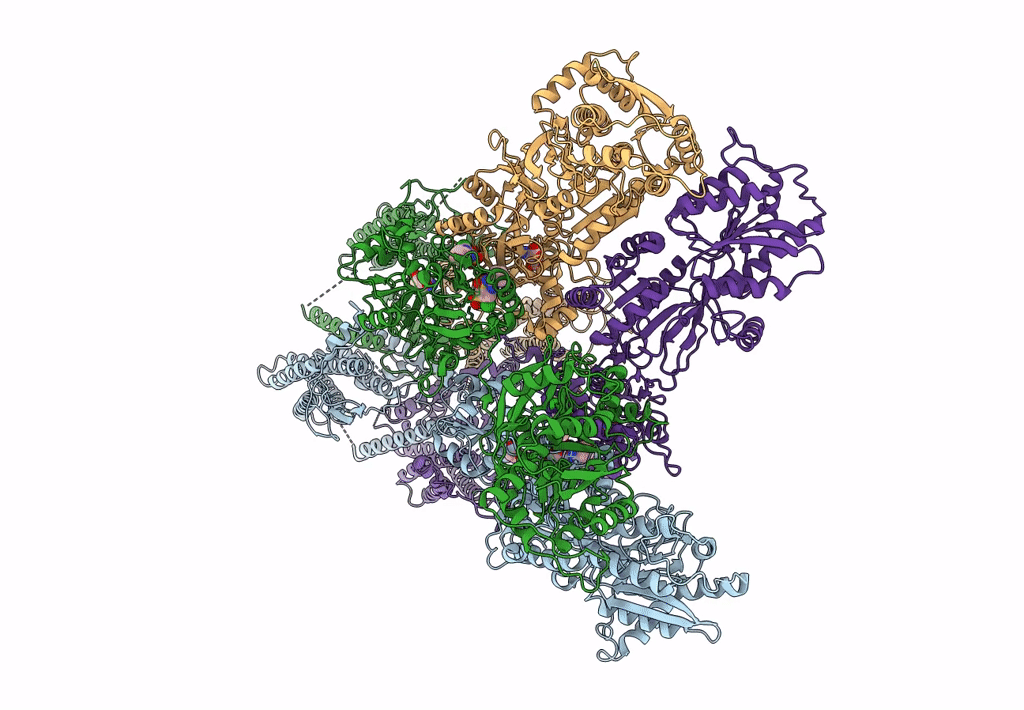
Deposition Date
2018-06-04
Release Date
2018-08-22
Last Version Date
2024-11-06
Entry Detail
PDB ID:
6DLZ
Keywords:
Title:
Open state GluA2 in complex with STZ after micelle signal subtraction
Biological Source:
Source Organism:
Rattus norvegicus (Taxon ID: 10116)
Homo sapiens (Taxon ID: 9606)
Homo sapiens (Taxon ID: 9606)
Host Organism:
Method Details:
Experimental Method:
Resolution:
3.90 Å
Aggregation State:
PARTICLE
Reconstruction Method:
SINGLE PARTICLE


